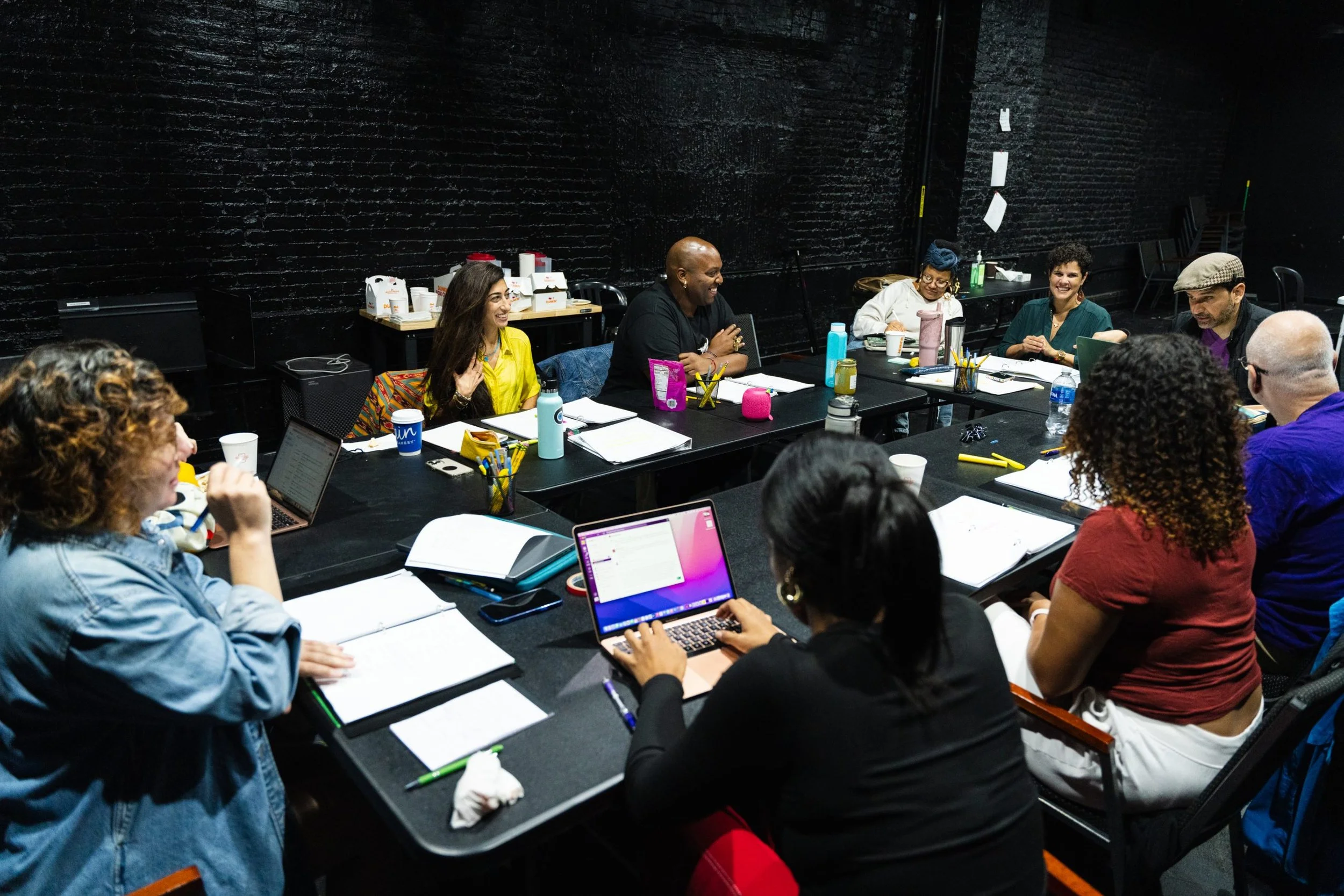Directors, Let Your Designers Design
(Photo: The People’s Theatre)
by Chris Peterson, OnStage Blog Founder
Directing a show means wearing a hundred hats: storyteller, cheerleader, timekeeper, traffic cop, sometimes even part-time therapist. But one hat you don’t need, and really shouldn’t put on, is the role of “Design Dictator.”
If you’re lucky enough to have a scenic designer, a lighting designer, or a costume designer on your team, please remember: their job is not to color in your vision. Their job is to build it with you.
That starts with respect.
Let me say this upfront. I’ve been guilty of not following this advice. I’ve absolutely overstepped, overprescribed, and overexplained. I’ve gone into design meetings thinking I had to know everything already, and I’ve walked out of them wondering why nothing felt inspired. So I’m not preaching from a pedestal here. I’m writing this as someone who’s learned the hard way.
These artists aren’t assistants. They’re not there to just make the stage blue because you said “a sad moment happens here.” They are trained, talented collaborators who speak in shadow and silhouette, fabric and texture, architecture and palette. You don’t need to have all the answers. In fact, it’s better if you don’t.
So what do you do instead?
You talk theme. You talk emotion. You talk rhythm. You talk about how the world of your play feels. Instead of saying, “I want a red coat here,” try, “I want her to feel like a warning, like she’s walking into the room and changing the temperature.” Let your costume designer figure out how to make that happen. Instead of saying, “I need a window stage left,” say, “I want the audience to feel like the characters are trapped and still being watched.” Let your scenic designer take it from there.
Your job is to set the tone. Their job is to find the shape.
And yes, have opinions. You’re allowed to say, “That doesn’t feel like the story I’m trying to tell.” But that’s different from micromanaging a color swatch or demanding a blackout at exactly 42 seconds in. Theatre is best when everyone in the room feels empowered to bring their whole brain, not just a checklist of tasks.
Also, invite them early. Too many directors loop in designers halfway through the process and then wonder why it doesn’t all feel cohesive. Designers are dramaturgs too. They ask great questions, poke at subtext, and see patterns you might miss. Give them the time and space to dream alongside you, not behind you.
Some of the best work I’ve ever been part of came from moments where I stepped back. I stopped trying to control the outcome and instead described a mood, a moment, a metaphor. And then I listened. I let the team interpret it, riff on it, push back on it. Those are the rooms where magic happens. Not because I dictated it, but because I trusted the people around me to bring their full artistry to the table.
And don’t underestimate how often their ideas will surprise you. Because when trust is in the room, great design doesn’t just serve the story. Sometimes, it deepens it.
So, directors, here’s the real advice. Collaborate like you mean it. Stay curious. Say “I don’t know” more often. Be specific about feelings, but flexible about form. And when your designer comes to you with something bold or strange or a little risky, don’t panic. Lean in.
Because chances are, they’re showing you something you didn’t even know your play needed.
